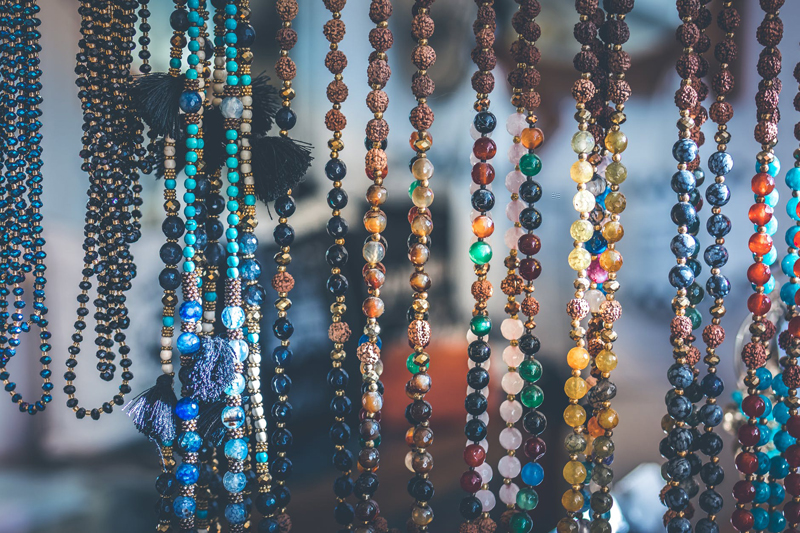How to graph tessellations in seed beads


A while back I posted this tessellated skull pattern, graphing and drawing simple tessellations can be challenging but it's a lot of fun.
If you're familiar with how to use layers in a graphics program, it makes it very easy, but even if you're not, the principles can be used with colored pencils and graph paper. You can find almost any kind of graph paper you like here. If you're graphing on paper, you may want 2 sheets, 1 to work out your basic shape, and the second to draw the tessellation pattern.
A tessellation is a tiling image or pattern with no gaps or overlays. M.C. Escher was famous for his tessellations. You can find a lot of information about how to draw a tessellation at Tessellations.org. My goal here is to show you how I translate those principles to creating a bead pattern.
There are a few kinds of tessellations. My personal favorite are regular ones, where a single image can be repeated over and over. The easiest shapes to tessellate with are squares or rectangles, diamond shapes, right triangles, and hexagons. For beading, it's easier to work in odd counts for your outlines. When you tessellate the pattern after you draw it, all the shapes have sides in common with the adjoining shapes.

For this example, I chose a rectangle, you'll want to lightly mark, or fill in your outline on a new layer the boundaries of your rectangle.

For my first line, I started by marking off a line of beads that matched up with the marked beads at the ends.

Then I copied that line on top of the rectangle.

For the sides, it gets a little trickier. I wanted an offset tessellation rather than just rows of my design. So I marked the end the end beads and counted to the middle. My initial graph has 15 beads to a side, so the middle one is 8 beads down.

Then working from the top bead to the middle one, I drew a line with a slight offset.

Then flip and mirror that line, or turn it 180 degrees and match it up with the bottom and middle beads that you marked.

Now mirror that and put the line of beads where it belongs.

It looks sort of catlike. So I fudged around a bit more with the shape, remember if you move a bead you have to move it's mirror the same amount to keep it all even.

There's my kitty!

I'm not quite happy with it yet. So I made it a little wider and changed it just a bit more, including making the chin and area between the ears pointy again.

Now to tile it.

Using different colors for the cats makes it a bit more interesting I think. But notice how nicely they all fit together.
After you get the image tiled how you like it, you can start turning it into an amulet bag pattern or other pattern. For this one, if you work this pattern for the front and back, it makes a nice amulet bag.

To learn a lot more about tessellations and get some ideas how to tessellate other shapes, check out Tessellations.org.
For more geometry beading, Diane Fitzgerald's book is excellent. M.C. Escher did amazing things with tessellations.
You Should Also Read:
Review of Shaped Beadwork by Diane Fitzgerald
Tessellated Skull Pattern
Geometric Peacock Pattern

Related Articles
Editor's Picks Articles
Top Ten Articles
Previous Features
Site Map
Follow @shala%5Fbeads
Tweet
Content copyright © 2023 by Shala Kerrigan. All rights reserved.
This content was written by Shala Kerrigan. If you wish to use this content in any manner, you need written permission. Contact Shala Kerrigan for details.






